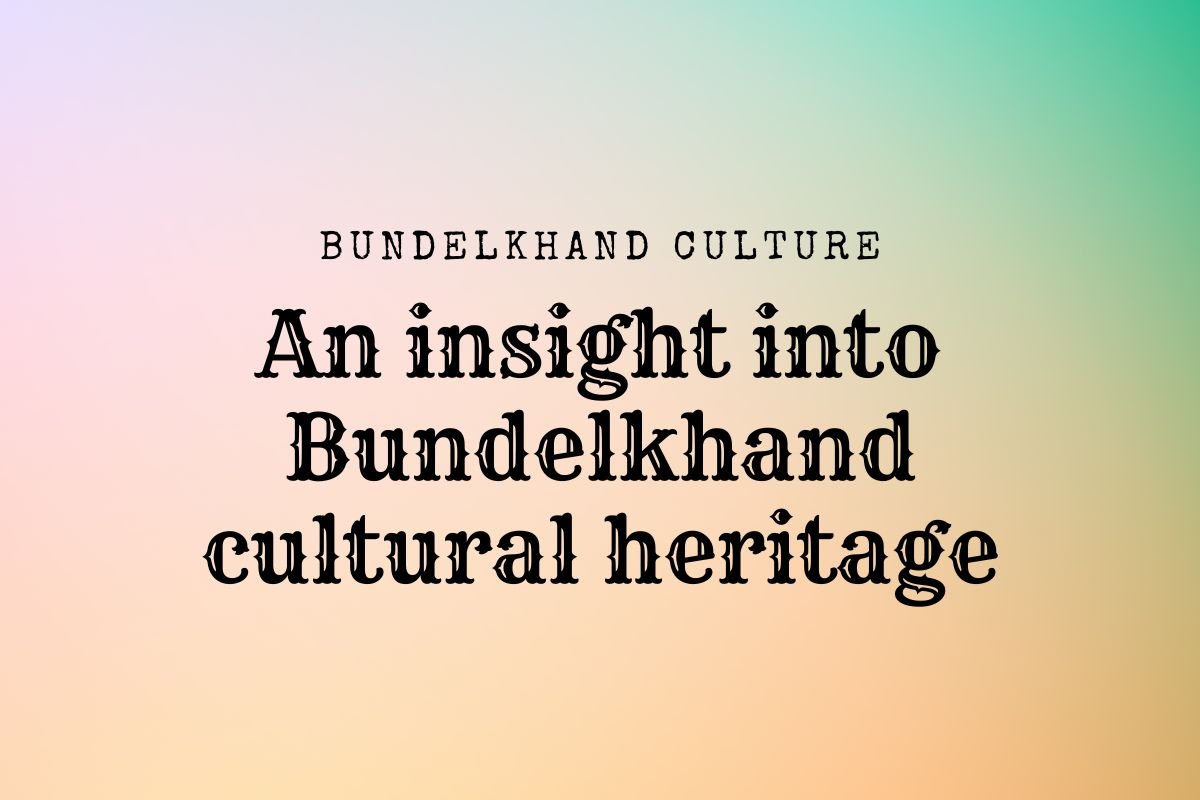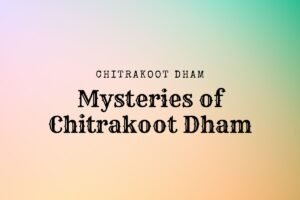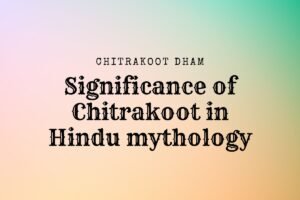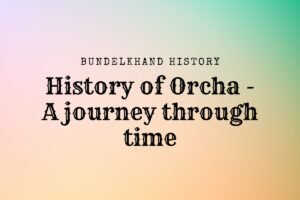Bundelkhand cultural heritage – Bundelkhand, located in central India, is a region known for its rich cultural heritage and history. From ancient temples and forts to traditional arts and crafts, the region offers a glimpse into the past and the cultural diversity of India. In this blog post, we will explore the various aspects of Bundelkhand’s cultural heritage, from its historical monuments to its traditional arts and crafts.
Historical Monuments – Bundelkhand cultural heritage
One of the most prominent features of Bundelkhand’s cultural heritage is its historical monuments. The region is home to several ancient temples and forts, including the famous Khajuraho Temples, which are a UNESCO World Heritage Site. The temples, built between the 9th and 10th centuries, are renowned for their intricate carvings and sculptures, depicting various aspects of Hindu mythology and daily life.
Another notable historical monument in Bundelkhand is the Orchha Fort Complex, built by the Bundela Rajputs in the 16th century. The complex comprises several palaces and temples, including the Raj Mahal and the Jahangir Mahal. The fort complex offers a glimpse into the grandeur of the Bundela Rajputs, who ruled the region for several centuries.
Read about places to visit in Khajuraho
Traditional Arts and Crafts -Bundelkhand cultural heritage
In addition to historical monuments, Bundelkhand is also known for its traditional arts and crafts. The region has a rich tradition of handicrafts, including pottery, weaving, and woodcarving. The pottery of Bundelkhand is particularly famous for its intricate designs and beautiful colors. The traditional art of weaving is also prevalent in the region, with many villages specializing in the production of traditional textiles. The region is also known for its woodcarving, with many artisans creating beautiful wooden artifacts such as furniture and statues.
Music and Dance -Bundelkhand cultural heritage
One of the most unique aspects of Bundelkhand’s cultural heritage is its music and folk dance. The region has a rich tradition of folk music and dance, with several different forms of music and dance being practiced in the region. The most famous of these is the Bundeli Rang, a traditional dance form that is performed during festivals and ceremonies. The dance is characterized by its fast-paced movements and colorful costumes, making it a visual treat for the audience.
Read about – Bundelkhand Folk dances
Festivals and Ceremonies – Bundelkhand cultural heritage
In addition to music and dance, Bundelkhand is also known for its traditional festivals and ceremonies. The most famous of these is the Tij Festival, which is celebrated in the month of October. The festival is celebrated in honor of the goddess Durga and is characterized by colorful processions, music, and dance. Another famous festival in the region is the Phoolwalon Ki Sair, which is celebrated in the month of September. The festival is celebrated in honor of the god of flowers, Lord Krishna, and is marked by colorful processions and a flower market.
Literature -Bundelkhand cultural heritage
Bundelkhand also has a rich tradition of literature, which reflects the culture, customs, and values of the region. The Bundeli language, which is spoken in the region, has a rich tradition of poetry and storytelling. The region has produced several renowned poets and writers, including the famous poet Kaka Hathrasi, who wrote in Bundeli and Hindi.
Allha-Udal folktale – Bundelkhand cultural heritage
Allha-Udal is a form of folk literature that originated in Bundelkhand, India. It is a form of poetry that is traditionally recited by itinerant bards known as “Allha” and “Udal” and is passed down through generations. The poetry is usually in the Bundeli language and is characterized by its use of humor, satire, and irony. It is often used to convey social and political commentary, as well as to entertain the audience.
The origins of Allha-Udal literature can be traced back to the 16th century, during the reign of the Bundela Rajputs. Poetry was used by the bards as a means of expressing their grievances and criticisms of the ruling class. It was also used to comment on the social and economic conditions of the people, as well as to provide a form of entertainment.
Allha-Udal poetry is known for its use of metaphor and imagery. The bards often use vivid imagery to convey their message, which makes the poetry highly evocative and emotive. The poetry also often employs the use of puns and wordplay, which adds to its humor and entertainment value.
The themes of Allha-Udal literature are diverse and include love, nature, and religious devotion, but also often focus on the social and political issues of the time. They can also be critical of the ruling class and societal norms.
In modern times, Allha-Udal literature is still performed by the descendants of the original bards, and it continues to be an important part of Bundelkhand’s cultural heritage. It is also being studied and promoted by scholars, who recognize its historical and cultural significance.
Conclusion -Bundelkhand cultural heritage
In conclusion, Bundelkhand is a region with a rich cultural heritage that offers a glimpse into the past and the cultural diversity of India. From ancient temples and forts to traditional arts and crafts, the region is a treasure trove of cultural heritage. The region’s traditional music and dance, festivals and ceremonies, literature, and historic monuments are just some of the many aspects of Bundelkhand’s cultural heritage that make
Which are the folk dance of Bundelkhand?
Bundeli Rang , Diwari, Gaur dance, Jhora dance, Dhamaal dance




